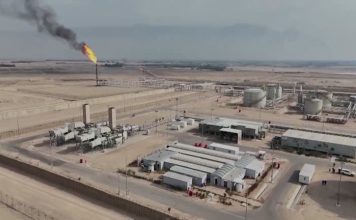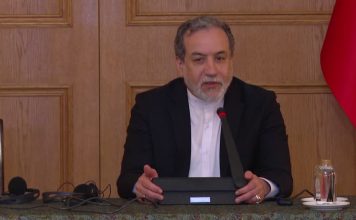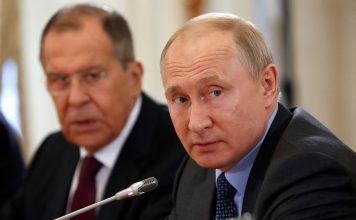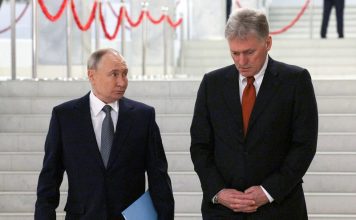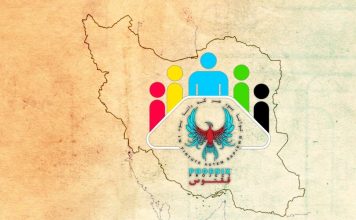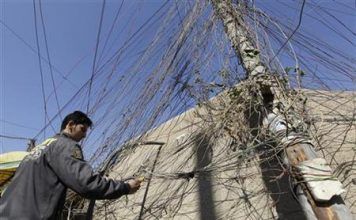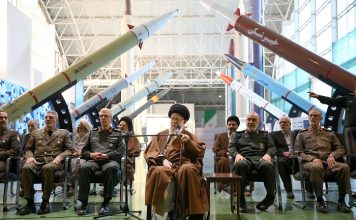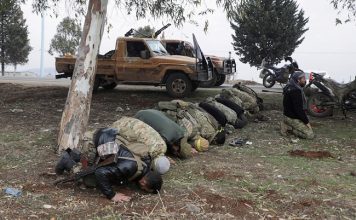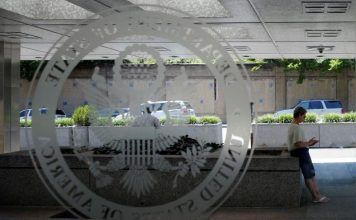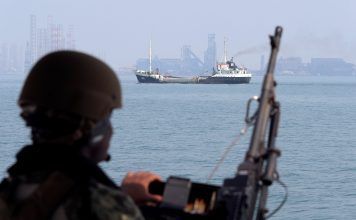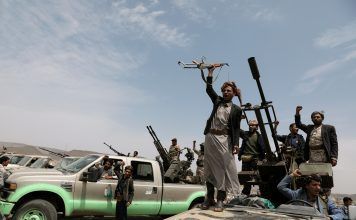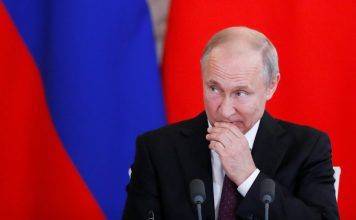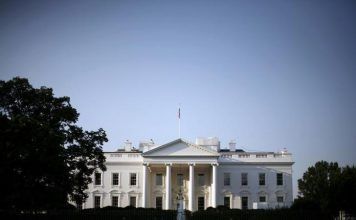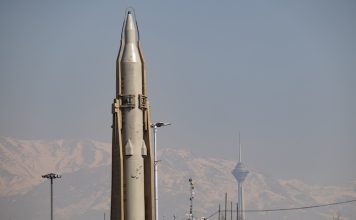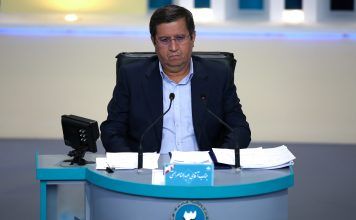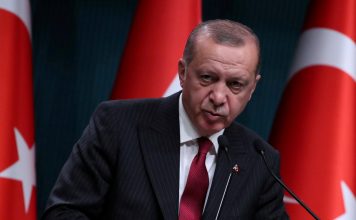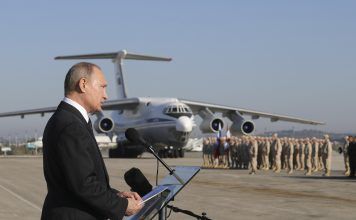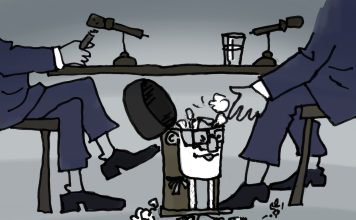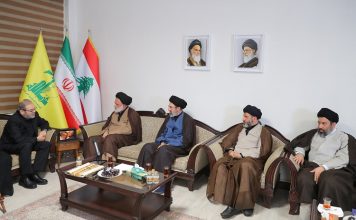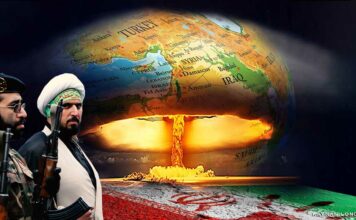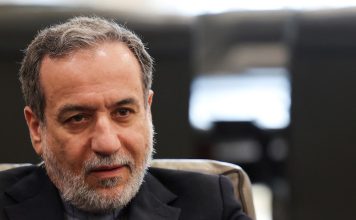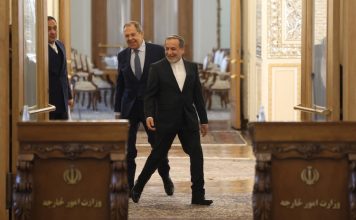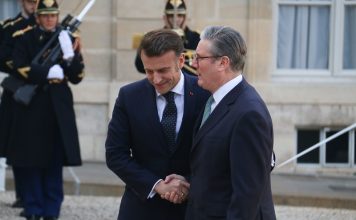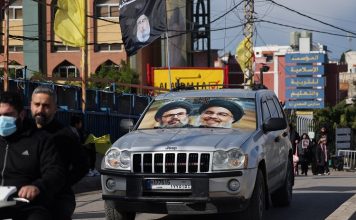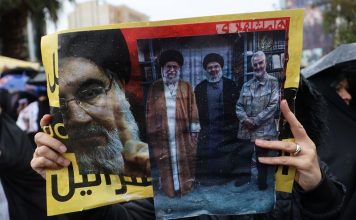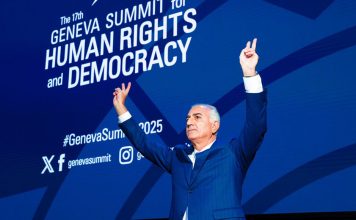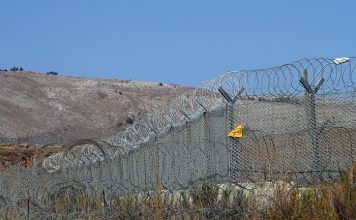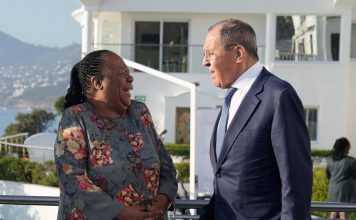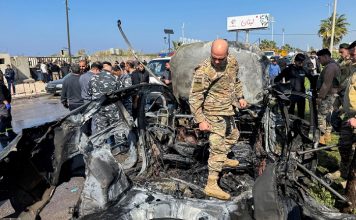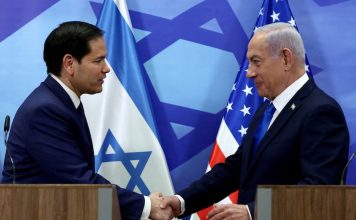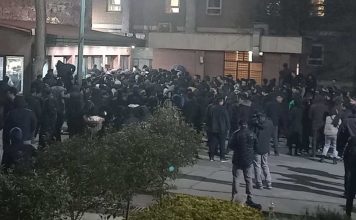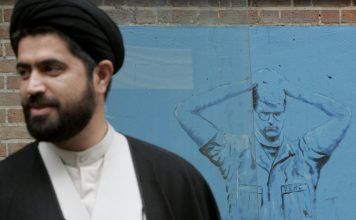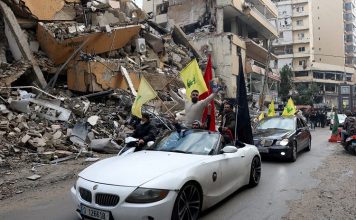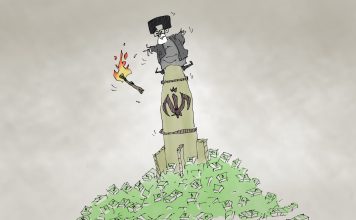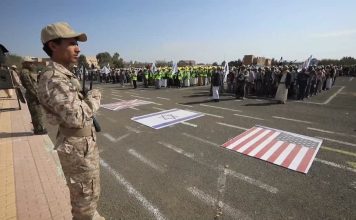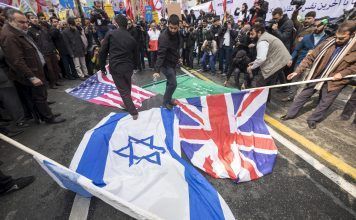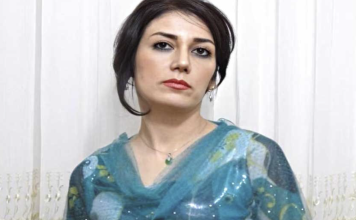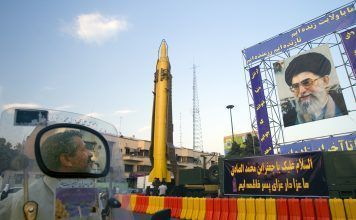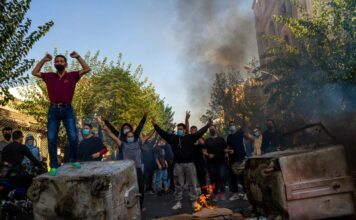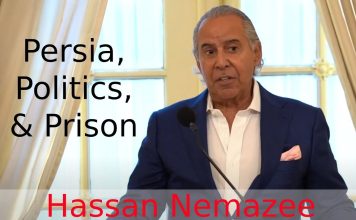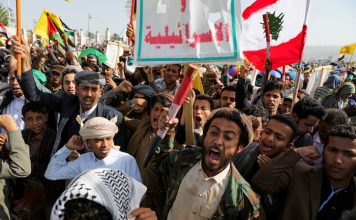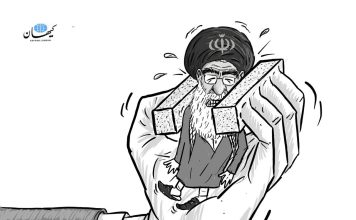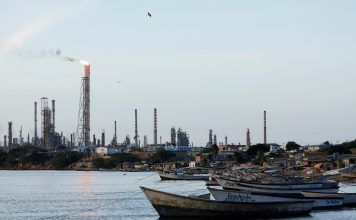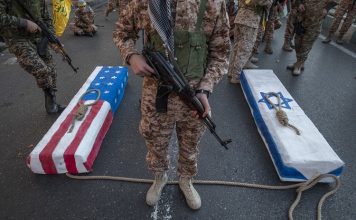By Kayhan Life Staff
In recent months, the Islamic Republic’s Ministry of Education has recruited more students into the Basij, and added Basiji forces and clerics to teaching staff. The Basij are a paramilitary and ideological force affiliated with the Islamic Revolutionary Guard Corps. These measures have been implemented despite the significant shortage of teachers, with approximately 300,000 positions remaining unfilled.
At the recent Student Mobilization Conference, Reza Morad Sahrai, the Minister of Education of the Islamic Republic, cited Supreme Leader Ali Khamenei’s remarks defining success as when students hold both the Koran and a weapon. The Basij are active in all spheres and all revolutionary objectives are embodied by the Basij.
ANALYSIS – Basij Force: Specialists in Cracking Down on Dissent
Sahrai, who previously served as the head of security at Allameh University and began his tenure as Minister of Education last year, continued: “The nastiest and most ruthless soldiers in the world, the Israeli military, who defeated all of the Arab countries, have now become desperate when faced with the Basijis.
Throughout its four-decade history, the Islamic Republic has recruited students into the Basij in various ways, such as to fight in the eight-year war with Iraq, and in the more recent war with Syria.
Reports show that child soldiers were used to suppress citizens in nationwide street protests with batons and cold weapons in the past few years. The Minister of Education’s recent comments suggest a new plan to exploit more children in the field of military service to achieve revolutionary goals across all fields. Such actions have had negative effects on children’s development, leading to the formation of antisocial personality traits.
During a ceremony on Nov. 10, the education minister announced that male and female students should have different textbooks. He also stated that the education program should involve teaching families through schools and emphasized the importance of female teachers in instilling values such as decency, chastity, and modesty in female students.
Although the minister did not address the shortage of 300,000 teachers, he acknowledged the need for an additional 50,000 teachers promoting Islamic ideology. To address this shortage, the Ministry of Education plans to hire 27,000 ideological teachers this year. A significant number of clerics, who are graduates of religious schools, may use this opportunity to promote the ideological values of the Islamic Republic in schools and act as “informants” for security institutions.
To further promote their ideological agenda, the Ministry of Education has implemented the “Amin Plan,” which employs educated mullahs from religious schools to teach in public schools. Under this plan, which started some six years ago, clerics preach for approximately 30 hours per week in public schools.
ANALYSIS: Who Are the Men Serving in Iran’s IRGC, Basij, and Police Forces?
Sahrai, at the beginning of the 2023 school year, announced a wave of changes he referred to as “cleansing” in schools, with almost 20,000 school principals being replaced to transform education. Some 7,000 schools were identified, and changes will begin this year in 5,000 of them.
The aim is to set an example for all schools in the country based on fundamental values, strategic goals, and the vision of education in the Islamic Republic of Iran by 2025. The ultimate goal is for Iran to become a leading economic, scientific, and technological power in the region and to inspire the Islamic world.
These actions align with the views of the supreme leader of the revolution and are reflected by other government officials.
Ensie Khazali, Vice President for Women and Family Affairs, expressed concern about mixed classes during a gathering of Basij Girls, citing a lack of facilities in some villages. The presence of mixed classes in schools highlights the lack of sufficient educational space and the existence of thousands of unsafe classrooms across different cities and villages in Iran.
Furthermore, the number of girls who are unable to continue their schooling due to a lack of access to education in the Islamic Republic is on the rise, whether due to their parents’ economic struggles or insufficient educational facilities.
According to the Iranian Statistics Center’s report, the number of primary school-aged girls kept out of school surpassed 79,000 in the 2020 academic year, and nearly reached 97,000 in the 2021 academic year.
Several factors contribute to this situation, including cultural and financial poverty, parents’ reluctance to educate their children, child labor, children’s disabilities, migration from rural to urban areas, an increase in unregistered births, and the early marriage of girls resulting from poor living conditions in impoverished families.

